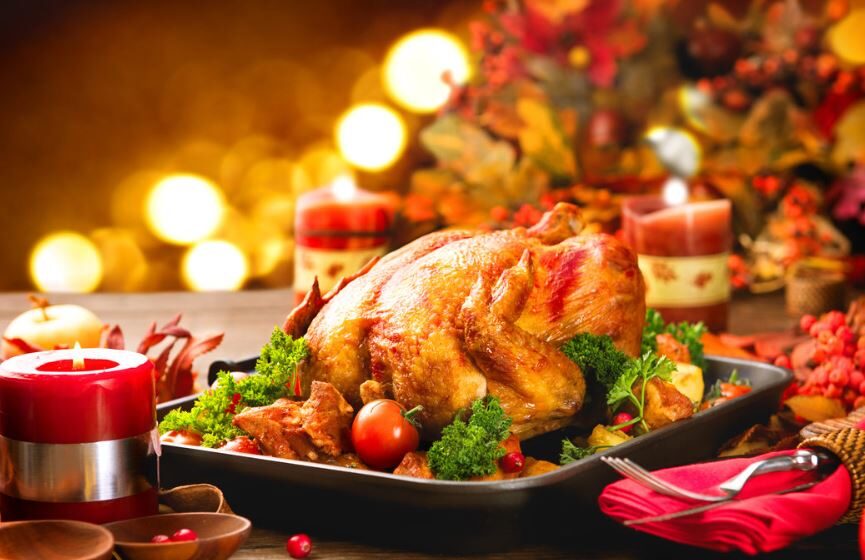The holidays can be a joyous time to bring people together, share memories and break bread over a large holiday feast. But big dinners can have big environmental and financial impacts when uneaten food is thrown away.
The US Environmental Protection Agency estimates that food is the largest category of material in landfills. Food releases methane gas as it decomposes, contributing to climate change. Food waste costs money too, Oregon’s Department of Environmental Quality estimates that each household in the state loses $1800 a year in wasted food.
With a little bit a planning for your holiday meal, you can make sure your guests are stuffed but your trash can is not.
Prepping for dinner
Aim to feed your guests well without leaving you with a fridge full of leftovers – that means figuring out the right portions for each guest. Check out this party planning portion calculator for your next meal
Look in your fridge and pantry first to make sure you don’t already have needed ingredients. It’s helpful to label foods so you know what should be eaten first. When grocery shopping, make a list and stick to it.
After the feast
The best way to avoid a fridge full of leftovers is to send the meal home with your guests. Ask them to bring their Tupperware to dinner, loan them yours or repurpose cleaned salsa or yogurt containers that they can later recycle. Many secondhand stores have inexpensive food storage containers, great for giving away after a big meal.


